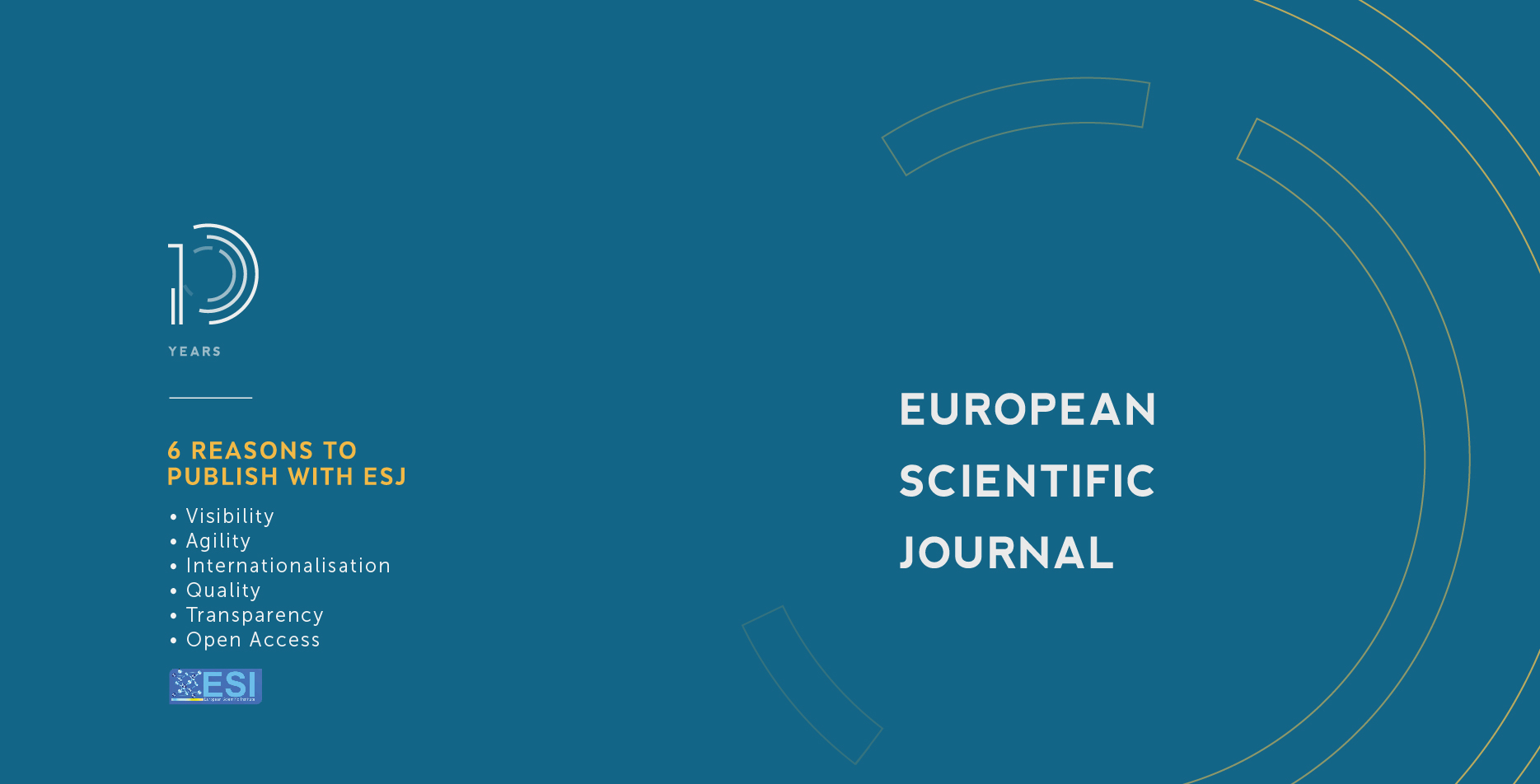Consumo De Drogas Y Estrés En Estudiantes De Medicina De La Ciudad De Querétaro, México
Abstract
Introducción. La adicción a drogas lícitas e ilícitas constituye un problema de salud pública que se presenta tanto a nivel nacional como internacional. Las escuelas de medicina no están ajenas a este fenómeno, dado que los alumnos están sometidos a altas demandas académicas que se asocian, en algunos casos, a estrés, ansiedad y trastornos del ánimo. Objetivo. Identificar la prevalencia y tipo de drogas consumidas en estudiantes universitarios de la Licenciatura en Medicina, así como las características del estrés académico presente. Metodología. Estudio con enfoque cuantitativo, con un diseño descriptivo y trasversal, realizado con estudiantes de quinto hasta décimo semestre. Se aplicó la “Encuesta Nacional sobre Prevención y Uso de Drogas” conformada por 7 secciones, de 65 preguntas y el inventario SISCO de estrés académico. Los datos fueron procesados mediante estadística descriptiva. El proyecto se evaluó y registró ante un comité de investigación. Se cuidaron los aspectos éticos. Resultados. Se aplicaron 177 cuestionarios, 58.8% fueron mujeres. En cuanto al consumo de sustancias, 75.1% ha fumado y 99.4% ha consumido alcohol. El 66.1% ha consumido marihuana y 13.6% cocaína. Del Inventario SISCO, 97.2% presentó momentos de preocupación o nerviosismo durante el semestre, teniendo distintos tipos de reacciones como: fatiga, somnolencia o necesidad de dormir 34%, depresión y tristeza (39% algunas veces y 19.2% casi siempre). Conclusiones. La información obtenida plantea la posibilidad de la creación de un programa para reducir el estrés y sus manifestaciones con el fin de disminuir el consumo de drogas y preservar la salud física y mental de los alumnos.
Introduction. Addiction to legal and illegal drugs represent a public health problem that take place nationally and internationally. Medical schools are not immune to this phenomenon, since students are expose to high academic demands that are associated, in some cases, with stress, anxiety and mood disorders. Objective. Identify the prevalence and type of drugs consumed by medical students, as well as the characteristics of the academic stress. Methodology. Quantitative, descriptive, cross-sectional study. Carried out with students from fifth to tenth semester. The “National Survey on Prevention and Use of Drugs” was applied, made up of seven sections, with 65 questions and the SISCO inventory of academic stress. The information was processed using descriptive statistics. Results. 177 questionnaires were applied, 58.8% were women. Regarding substance use, 75.1% have smoked and 99.4% have consumed alcohol. 66.1% have consumed marijuana and 13.6% cocaine. From the SISCO Inventory, 97.2% presented moments of panic or nervousness during the semester, having different types of reactions such as: fatigue, drowsiness or need to sleep 34%, depression and sadness (39% sometimes and 19.2% almost always). Conclusions. The information obtained allows us to suggest the creation of a program to reduce stress and its manifestations in order to lessen drug use and preserve the physical and mental health of students.
Downloads
Metrics
PlumX Statistics
Copyright (c) 2021 Diana Laura Sánchez Camacho, María Magdalena Gachuzo Elías, Ruth Magdalena Gallegos Torres

This work is licensed under a Creative Commons Attribution-NonCommercial-NoDerivatives 4.0 International License.








